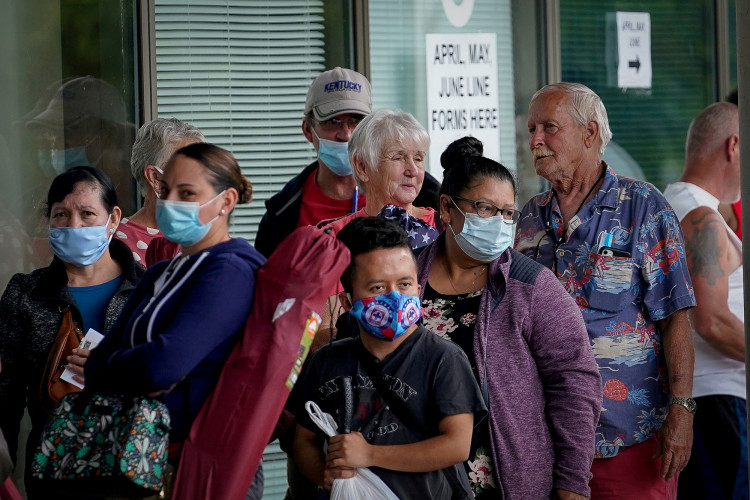US employers continued to exhibit robust hiring in March, resulting in the unemployment rate returning to 3.5%. This demonstrates the labor market's resilience and supports the Federal Reserve's plan to raise interest rates once more in the following month. Although annual wage gains have decelerated, they remain above the central bank's 2% inflation target. The employment report has yet to reflect any impact from the financial market stress caused by the collapse of two regional banks in March.
Chris Low, Chief Economist at FHN Financial in New York, said, "While this is an employment report not likely to cause alarm, per se, there is still no evidence policy is tight enough to slow demand in a meaningful way, either."
Last month, nonfarm payrolls increased by 236,000 jobs, according to the survey of establishments. Meanwhile, data for February was adjusted to show that 326,000 jobs were added, rather than the previously reported 311,000. The decrease in hiring pace was partially due to the lessening impact of unseasonably mild weather experienced in January and February.
A significant portion of the employment gains came from the leisure and hospitality sector, which added 72,000 jobs, predominantly in restaurants and bars. This industry's employment remains 368,000 below pre-pandemic levels. Since the pandemic recovery, restaurants and bars have been the primary drivers of job growth.
Government employment rose by 47,000, though it is still 314,000 below its February 2020 level. Additional hiring increases were observed in professional and business services, healthcare, transportation, and warehousing. However, manufacturing payrolls experienced a decline for the second consecutive month, while retailers lost 14,600 jobs and construction employment decreased by 9,000.
The unemployment rate fell to 3.5% from 3.6% in February, despite an influx of 480,000 individuals into the labor force. Based on the household survey, employment increased by 577,000 last month.
In March, average hourly earnings rose 0.3% following a 0.2% gain in February. This reduced the annual wage increase to 4.2% from February's 4.6%. The Fed will now monitor inflation data to assess the impact of its ongoing monetary policy tightening campaign.






